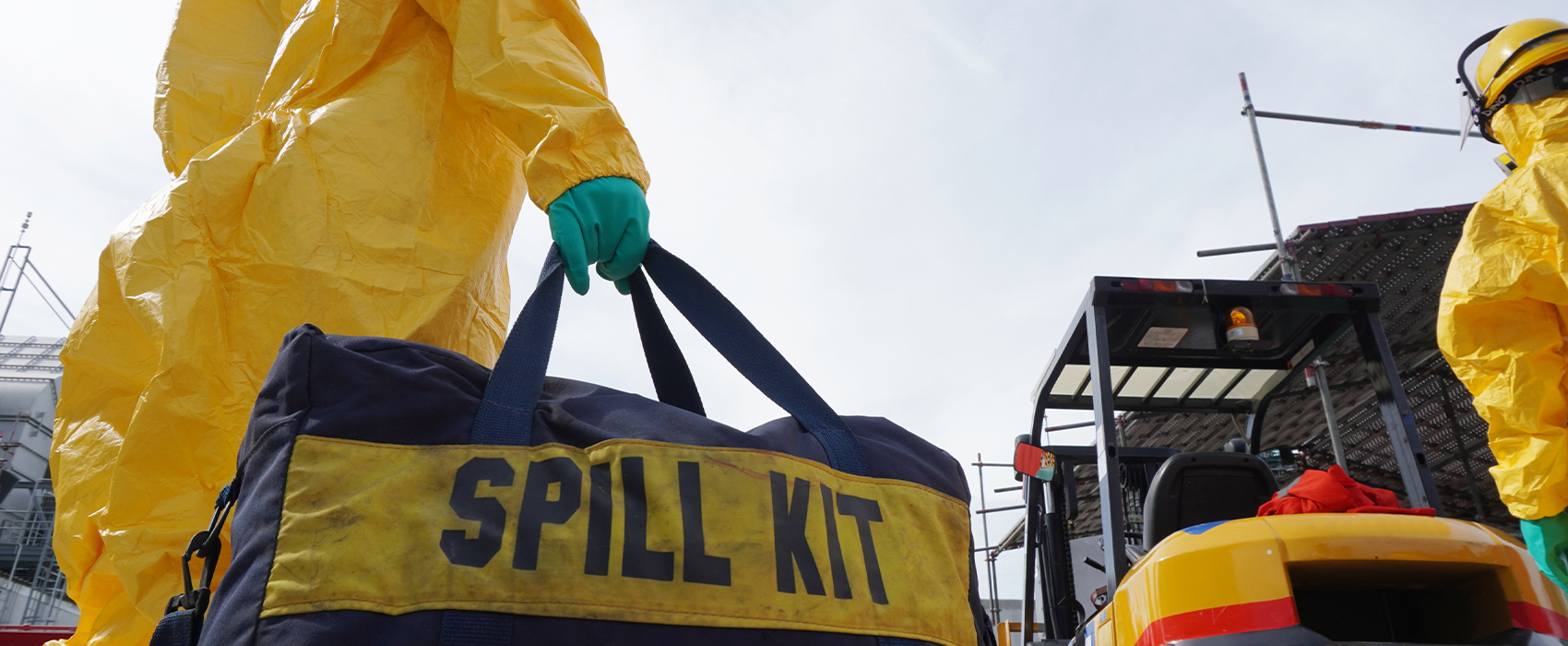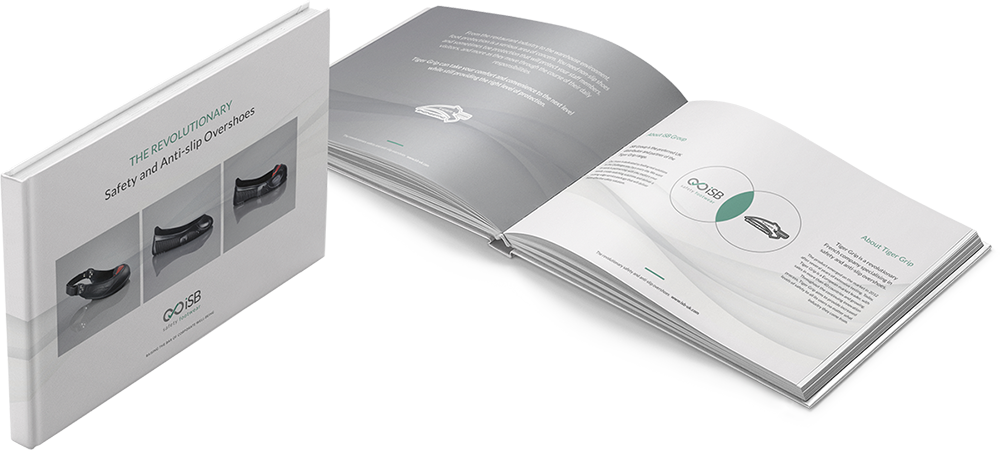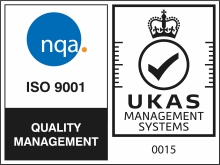
What is COSHH - Complete Guide
If your business handles or stores hazardous substances, then you’ll be familiar with COSHH regulations. Nick Grinnell explores the law in more detail…
What is COSHH?
COSHH is an acronym that stands for Control of Substances Hazardous to Health and refers to the law requiring employers to minimise worker exposure to dangerous chemicals and compounds.
COSHH regulations mandate that employers must carry out a risk assessment and put in place specific control measures to reduce the harm that may be caused to their workers’ health by hazardous substances in their workplace. This includes providing information and training for employees, contractors and others on how to use such substances, as well as what to do in the event of an emergency incident.
COSHH: A simple guide
COSHH regulations cover ‘substances hazardous to health’. These substances may take many different forms, including:
- Chemicals
- Products containing chemicals
- Fumes
- Dust
- Vapours
- Mists
- Gases, including asphyxiating gases
- Germs causing diseases
- Biological agents
- Nanotechnology
They may be pre-existing, or created as the result of a particular process in the workplace.
COSHH does not include control of lead, asbestos or radioactive substances, as these are covered by their own, separate workplace regulations.
COSHH: Employer obligations
Under COSHH regulations, employers must eliminate or otherwise reduce as much as possible their workers’ exposure to hazardous substances by:
- Taking action to identify hazardous substances in the workplace
- Carrying out a risk assessment to determine how to prevent harm to health from these substances
- Providing appropriate control measures, keeping those measures in good working order, and ensuring they are used. Note: Keeping a copy of the relevant safety data sheet containing information on a particular substance and instructions for safe use is not sufficient
- Providing information, instruction and training for employees and others working with or alongside hazardous substances, including cleaning and maintenance staff
- Carrying out monitoring and health surveillance if required
- Planning for emergencies, including spill control, decontamination, waste disposal and any first aid that may be required
Ideally, any hazardous substance identified should be substituted with a safer alternative. This may entail using another substance which presents less or no risk, changing the form of the substance e.g. from powder to liquid or solid, or changing processes, e.g. applying a substance with a brush instead of spraying.
If exposure cannot be prevented, it must be controlled to such an extent that the risk of harm is ‘as low as is reasonably practicable’. This means that:
- All control measures are in good working order
- Exposure is below the workplace exposure limit (WEL), where one exists
- Exposure to substances that cause cancer, asthma or genetic damage is reduced to as low a level as possible.
COSHH: Control measures explained
Measures to control worker exposure to hazardous substances take three main forms:
- Control equipment
- Control procedures
- Control behaviours
Let’s look at each of those in more detail…
Control equipment
This may take the form of general ventilation or a specific extraction system. Where the air cannot be cleaned, refuges and respiratory protective equipment may be provided. Other control equipment includes spill kits, decontamination, clean-up procedures and PPE. Visit our range of Health and Safety products, including spill control, available online.
Control procedures
Exposure to hazardous substances may be reduced through well-thought-out ways of working, supervision and training. Changing how often a task is carried out, or when, or controlling how many workers are in the vicinity at the time, can make a big difference. Introducing ‘permits to work’ for tasks such as maintenance can also help to control high risk scenarios. These documented procedures set out an agreed course and schedule of work, as well as the safety precautions that must be taken. They must be signed by the authoriser and those carrying out the work, both prior to commencing work and once the work has been completed.
Control behaviour
This means ensuring your employees follow the control measures in place, including using control equipment where required, following hygiene procedures, wearing the necessary PPE, and alerting their supervisor of any concerns relating to the control of hazardous substances at work.
All control measures should be tested regularly to ensure they work as intended.
More information on COSHH regulations can be found on the HSE website’s dedicated pages.

















